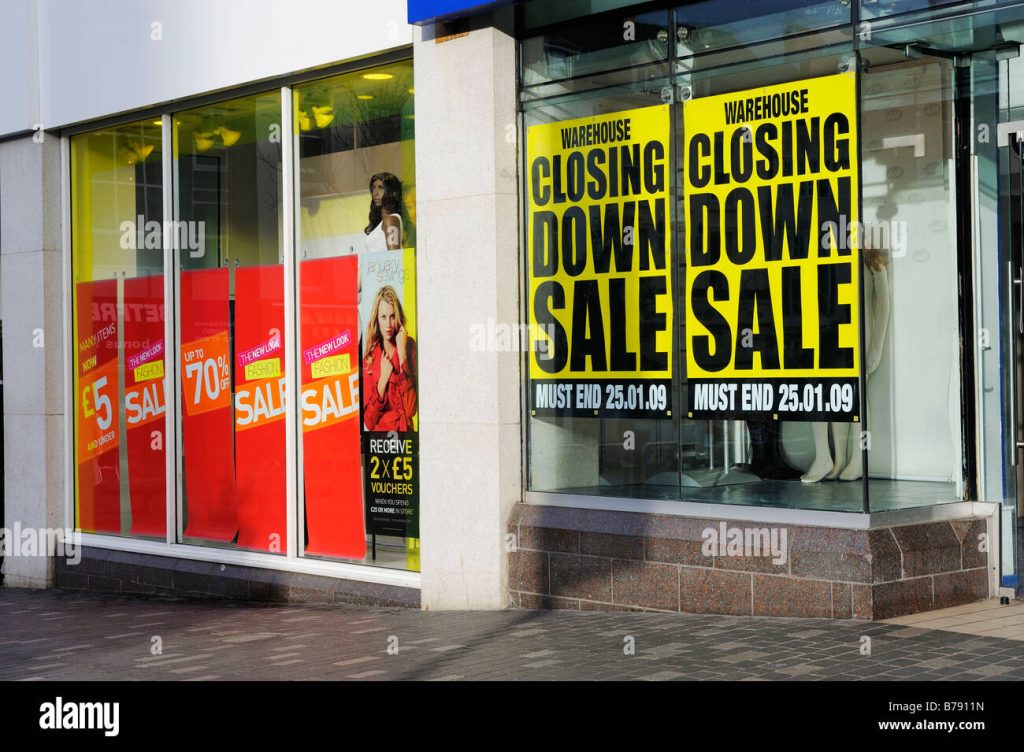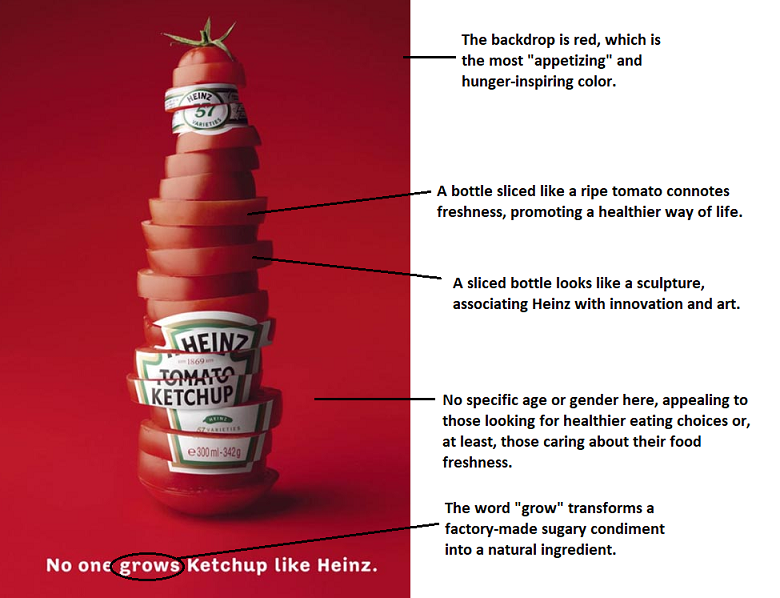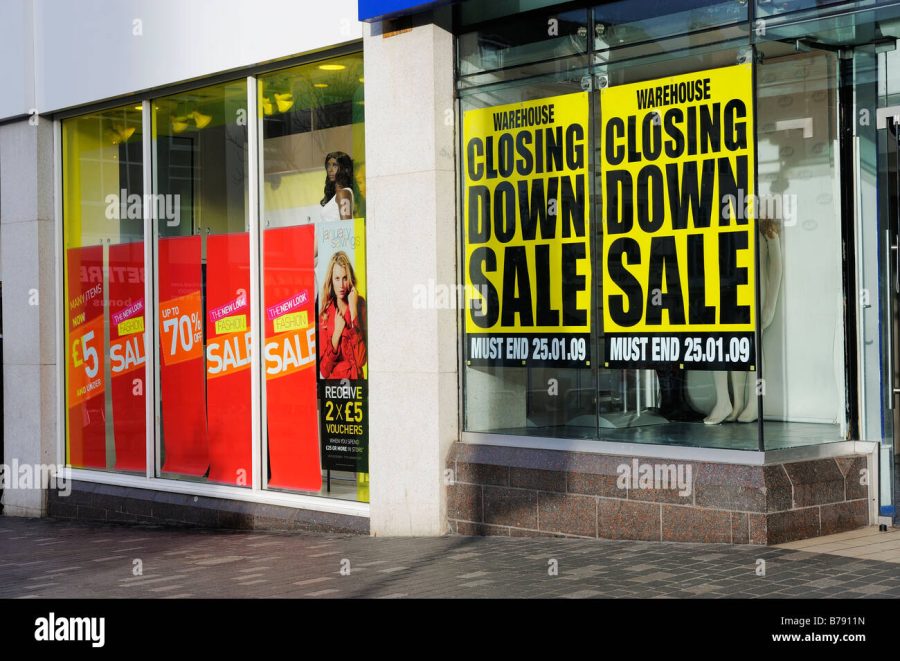THEORY
“Symbolic coding” requires that the symbolic message (specifically, the “promotional message”) be explicitly “motivational”. The “medium” through which the symbolic message is transmitted must be “energetic”. The symbolic message must be decoded in such a way that the customer is “involved in the behaviour” after seeing the symbolic message.
EXAMPLE
Take a promotional case: a business planning “Black Friday sales” in the door placed on the billboard message is “Black Friday during the shop to buy two enjoy 20% off”. This symbolic coding of the message is obviously too bland, neither expresses the feeling of active communication with customers, nor conveys a strong user to buy “motivational” information. We can improve the above problem by following these steps:

1.
Improve our coded symbolic messages. If we re-code the above message: “Wow! Buy 2 and get 20% off, check out the best deals in shop right now!” Wouldn’t that be encouraging? The above symbolic message may not be the best, but it is communicated with “proactive communication, clear benefit points, and instructions to get customers to come into the shop”.
2.
Improve the energy of the “medium” that carries the coded symbolic message. Obviously, as a billboard medium, it is too small to be placed in front of the shop, and it does not have a “sense of energy. Customers passing by in front of the shop may naturally pass by even if they see the above “symbolic message” because it does not have a huge visual and psychological impact, so we need to amplify the “coded symbolic” message. We can design a “human-sized billboard” that looks like a real girl holding a large poster at the door, thus solving the problem of a small medium. Often, the medium itself is even more important as a carrier of the coded symbol than the coded symbol message itself.
3.
Recipients (pedestrians) need to “decode” the “coded symbol” message on the life-size human billboards when they see it. Because we coded the message with a clear promotional benefit and used a “check out the best deal now” in-store instruction, this will increase the percentage of customers who unconsciously follow the poster’s symbolic message and instructions to enter the shop.
CONCLUSION

Of course, the above is a simple example of symbolic coding-media-decoding promotional design, and the logic is such, but in day-to-day application, the design needs to be tailored to the site, and that’s where the work comes in.
REFERENCE
- CXL,Lesley V.,2021,’Semiotics in Marketing: What It Means for Your Brand and Messaging ‘, Available at:https://cxl.com/blog/semiotics-marketing/(Accessed: 20 Nomember 2023)
- YouTube,Crispin Thurlow(@crispinthurlow),2021,’PRESENTASION4: Semiotics and Advertising ‘, Available at:https://youtu.be/swXLX8vm-Qs?si=-8aQpvhNP2VLtDVr(Accessed: 20 Nomember 2023)


I really like the topic of your blog this time. As one of the tools for merchants to market their products, it is very important to use symbols in advertising to introduce and convey the information of their products to the outside world. The video you added to your blog also did a good job of explaining the relationship between semiotics and advertising. You analyzed the existing problems in a promotional advertisement of a merchant and gave some ideas on how to improve the value of the promotional advertisement. I think you also have a good grasp of the knowledge of encoding and decoding. Your blog is very smooth and logical to read throughout. Thanks for your sharing!
wow, it’s great that you’ve combined the symbolism we’ve learnt before with encoding and decoding in your blog! You used the example of a Black Friday shopping mall sale to illustrate encoding and decoding in semiotics and broke them down into three steps, which is much more interesting than a long theoretical text, and makes you very interested and willing to read on. Very well done! I love your blog 🙂